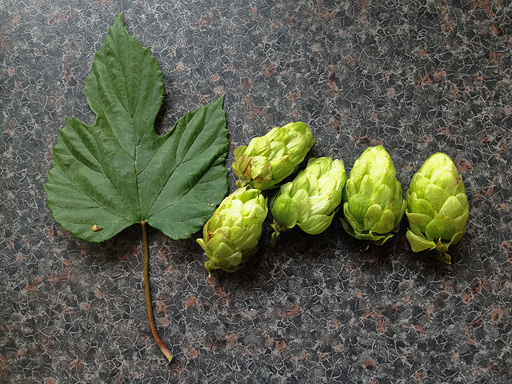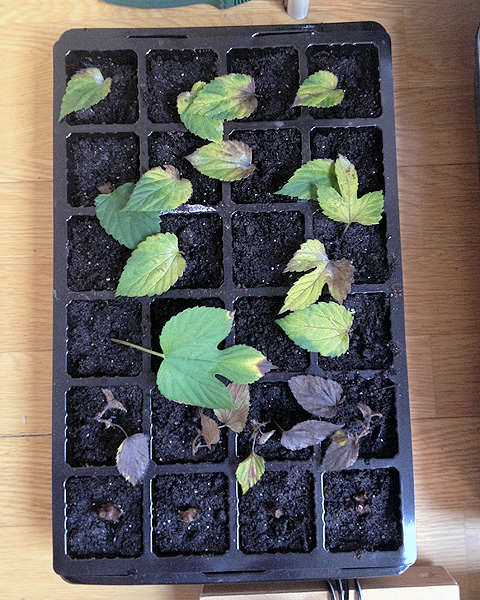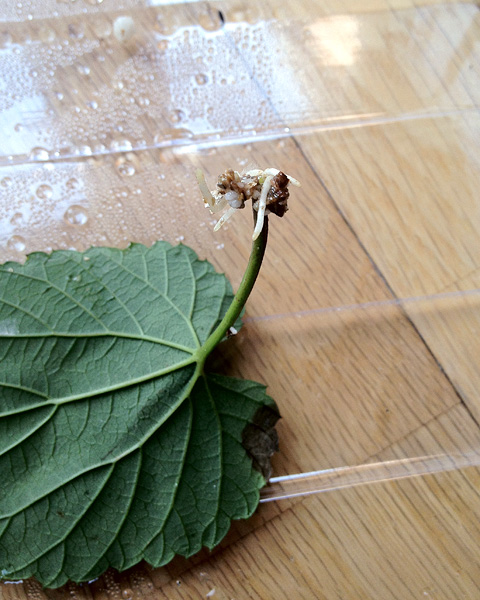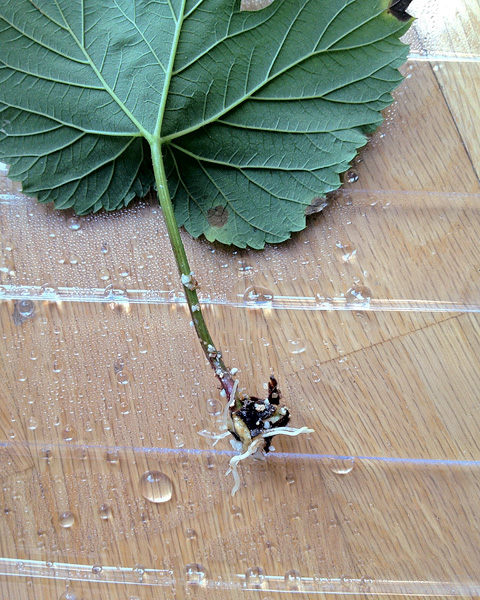After having moved house last year, I'm trying to get into properly growing my own hops for brewing. So far I have got both EKG and Cascade on the go. I've still got loads of room in the garden to get other varieties going, and so am keen to get a plan ready for next year's growing.
I've recently had a number of opportunities to expand on the types of hops I can grow from existing plants, however, for one reason or another have not been able to get access to the roots. There are several wild hop plants growing in the area which look amazing and the hops smell quite promising. I did a quick search on the internet for a reliable way of cloning a hop plant through leaf cuttings, but haven't found anything that has worked well enough to grow a second plant. I've successfully had a cutting produce roots but it quickly died after re-potting.
This is an experiment on how to make cuttings of a hop plant that successfully root and continue to grow into a clone of the original.
(I realise it's late in the year now to produce a full fruiting plant, but if I can get fresh new growth indoors, I'll call that a success).
I've made cuttings of a local wild hop plant using 5 different techniques as described in The Royal Horticultural Society's Encyclopedia of Gardening (this tome of gardening wisdom covers just about every plant, except the hop). Keep in mind that I'm no gardener, and this is the first time I've tried any type of real propagation of anything other than from simple seeds. I expect a lot of my terminology will be plain wrong, and that I'm missing a lot of info, but hopefully this experiment should allow myself and others to make cuttings from plants with a good success rate.
The 5 techniques are:
1) Semi-ripe bine cutting
2) Softwood bine cutting with 3+ leaves
3) Single leaf cut through node
4) Single leaf pulled from node
5) Single leaf with bine section
This is the hop plant in the wild:

Rather than taking numerous small cuttings, I took a sizeable chunk of bine along with some hops to brew with:
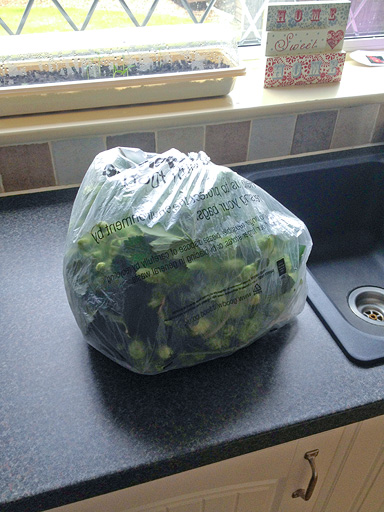
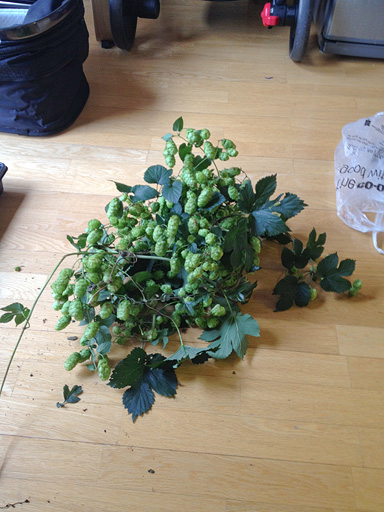
Prepared some muck in propagation pots:
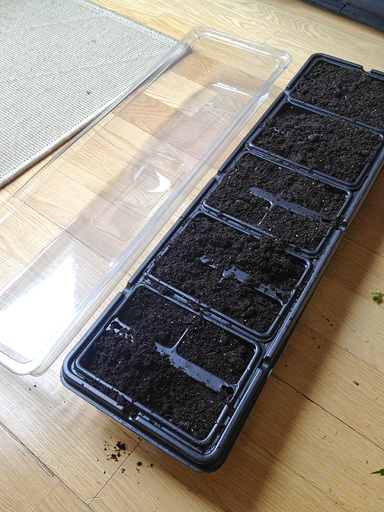
1) Semi-ripe bine cutting: found a good thick bit of bine to prepare:
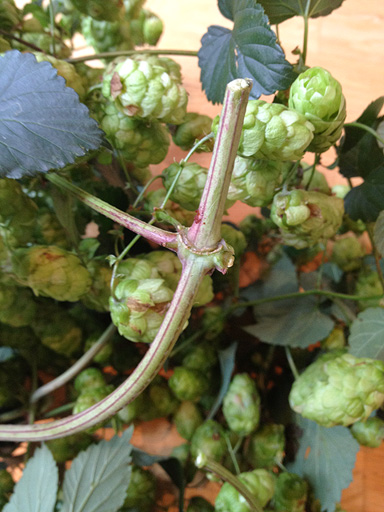
Cut through the bine & removed all leaves (note the angular cut at the base):
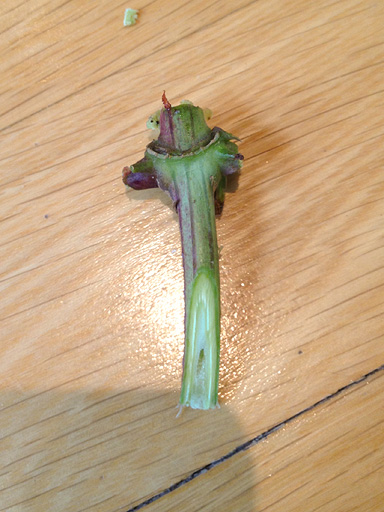
Potted:
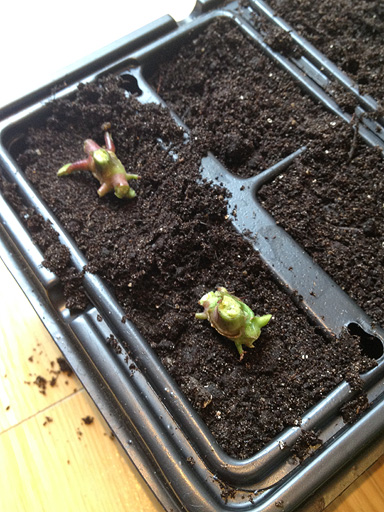
2) Softwood bine cutting with 3+ leaves: Located a section of bine-tip with 3 small leaves. Removed any hops, & planted.
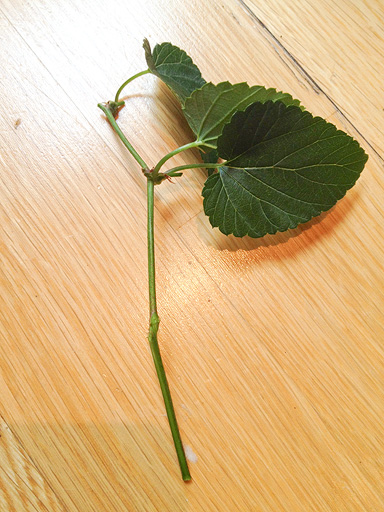
3) Single leaf cut through node: with a knife, cut through the node at the base of a single leaf.
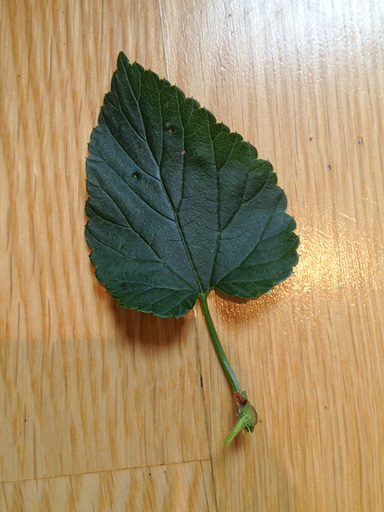
4) Single leaf pulled from node: simply pulled a leaf off the bine, making sure the leaf tore off the node and didn't just snap the stem.
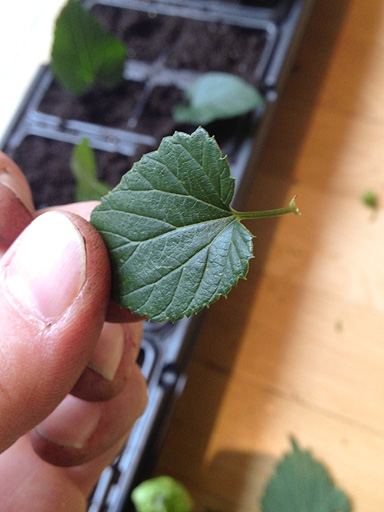
5) Single leaf with bine section: cut the bine on either side of a single leaf:

All planted out:
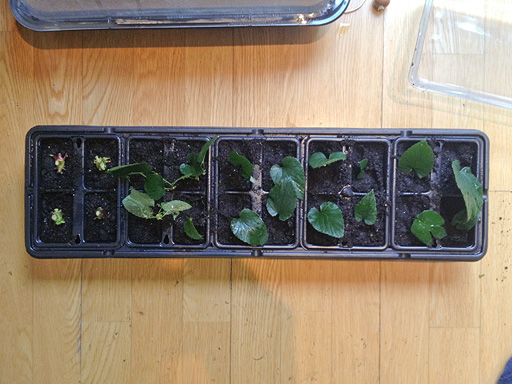

Time will tell which of these approaches will work best, and I'll be sure to update with the results.
In the meantime...can anyone help identify the variety??:
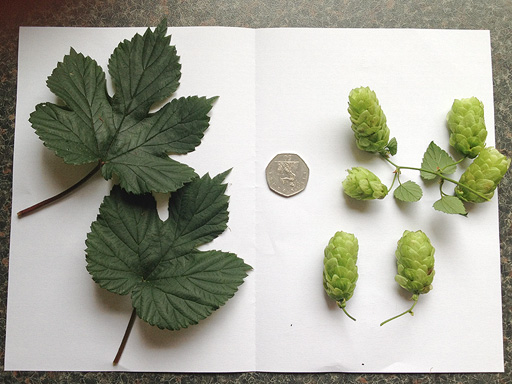
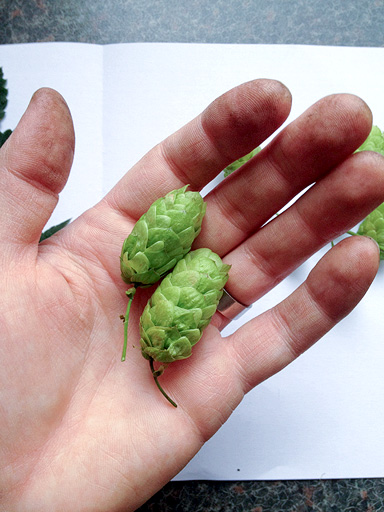

The cones are moderately large, quite oily, smell earthy with a bit of spiciness, immediately reminded me of fuggles...but it has been a while since I brewed with fuggles, so I might be a bit rusty. The main bine has red lines running along it (these aren't present in my EKG or Cascade, so I've ruled them out).
Thanks for reading!



